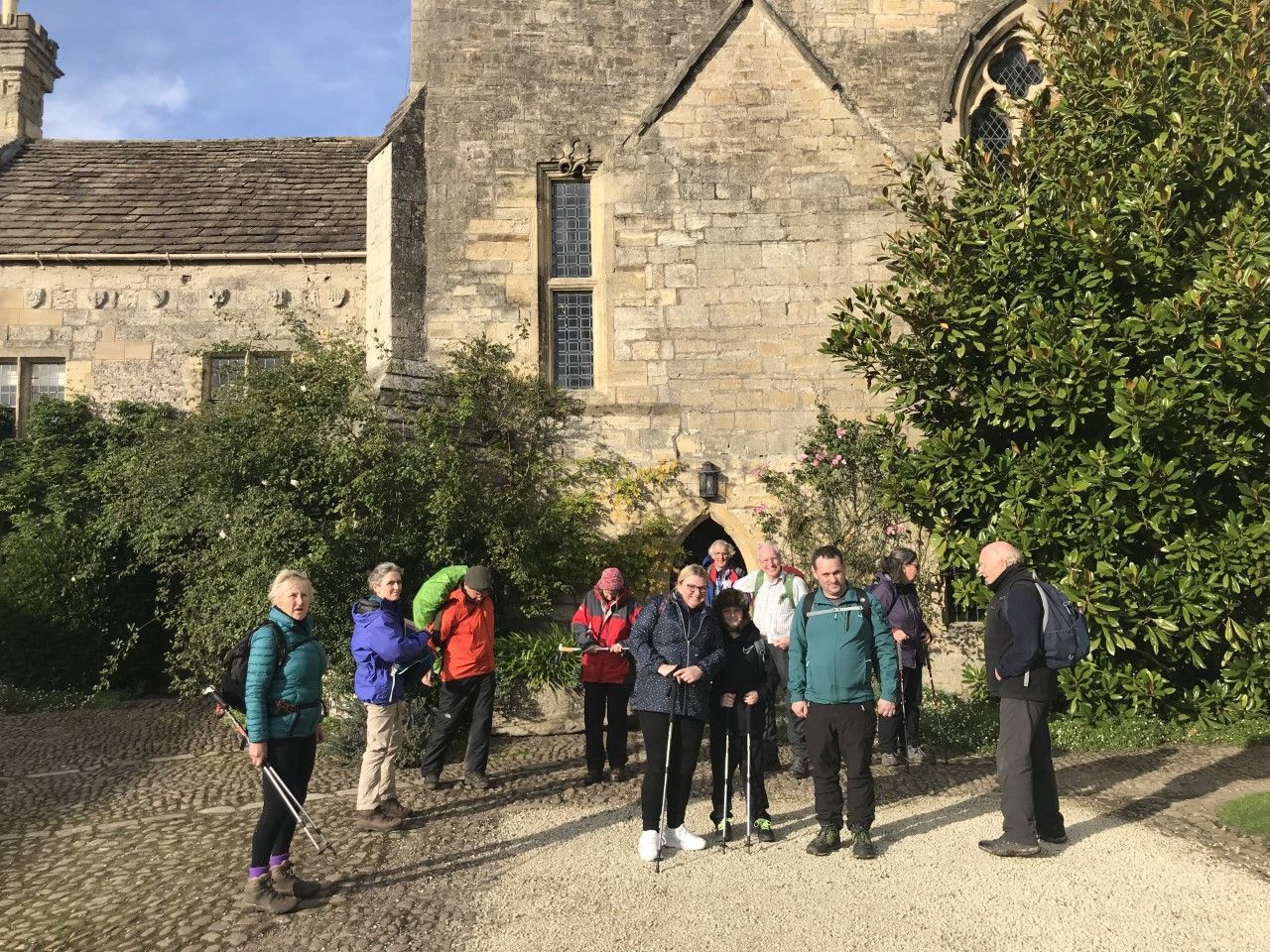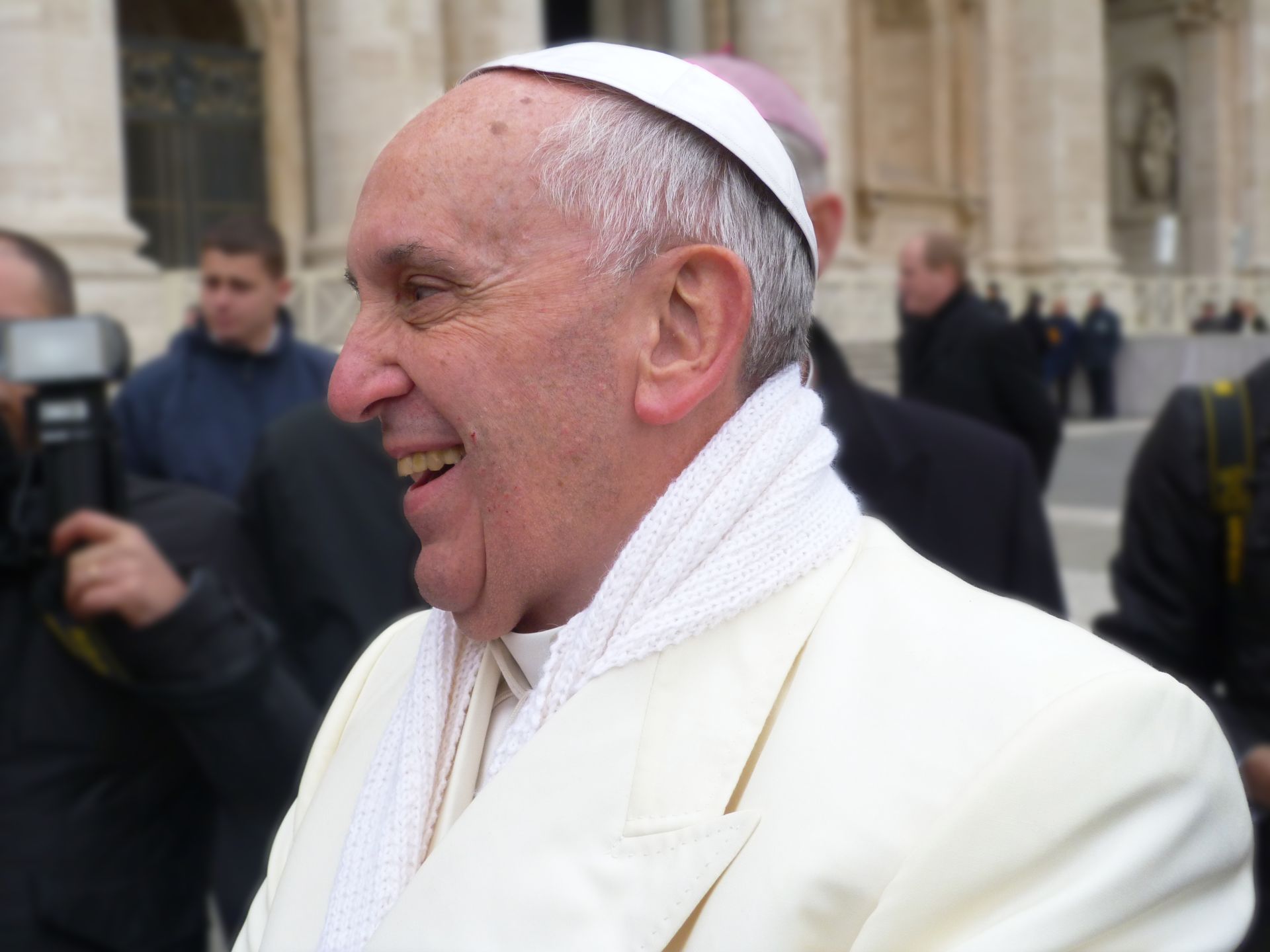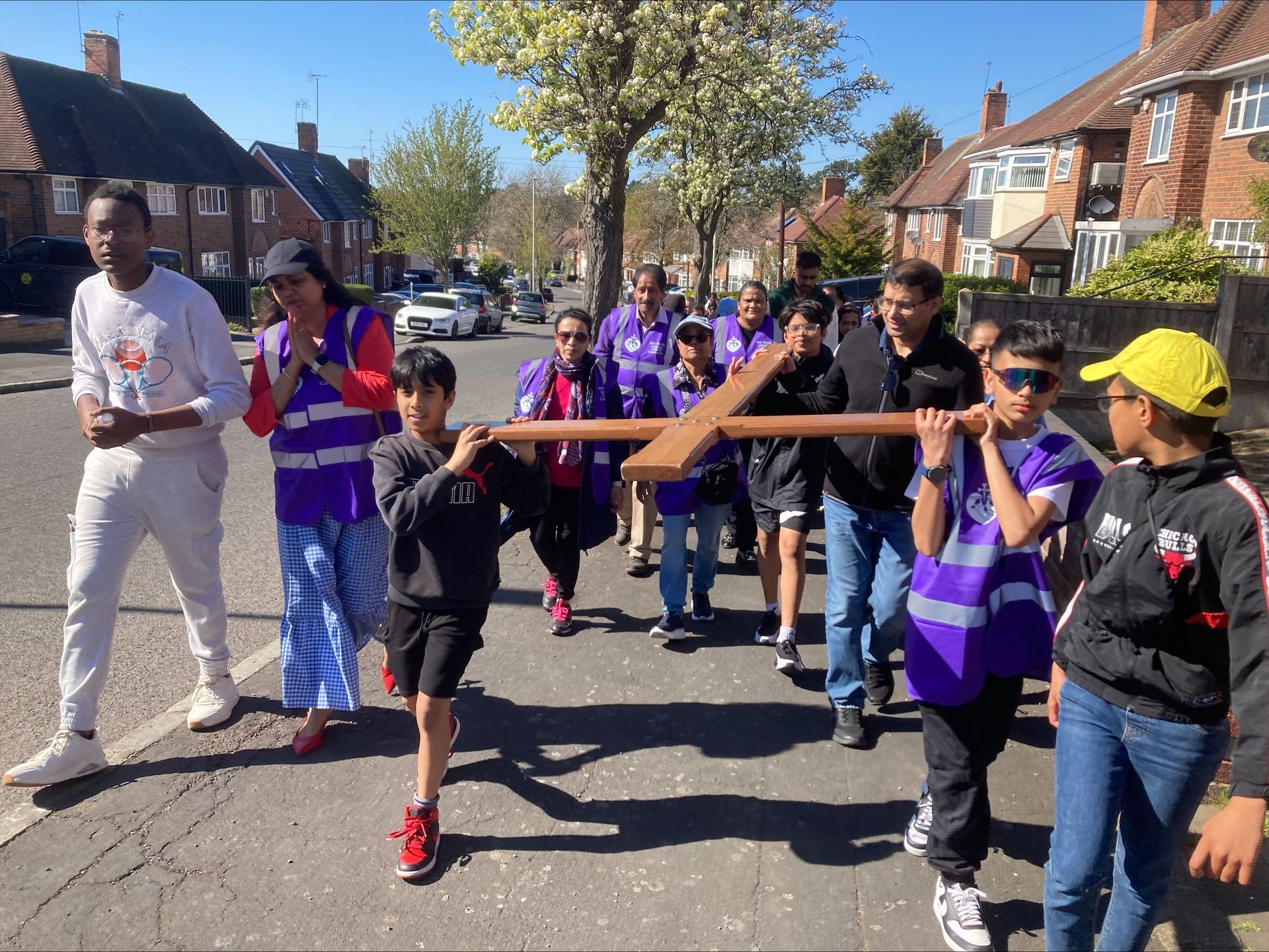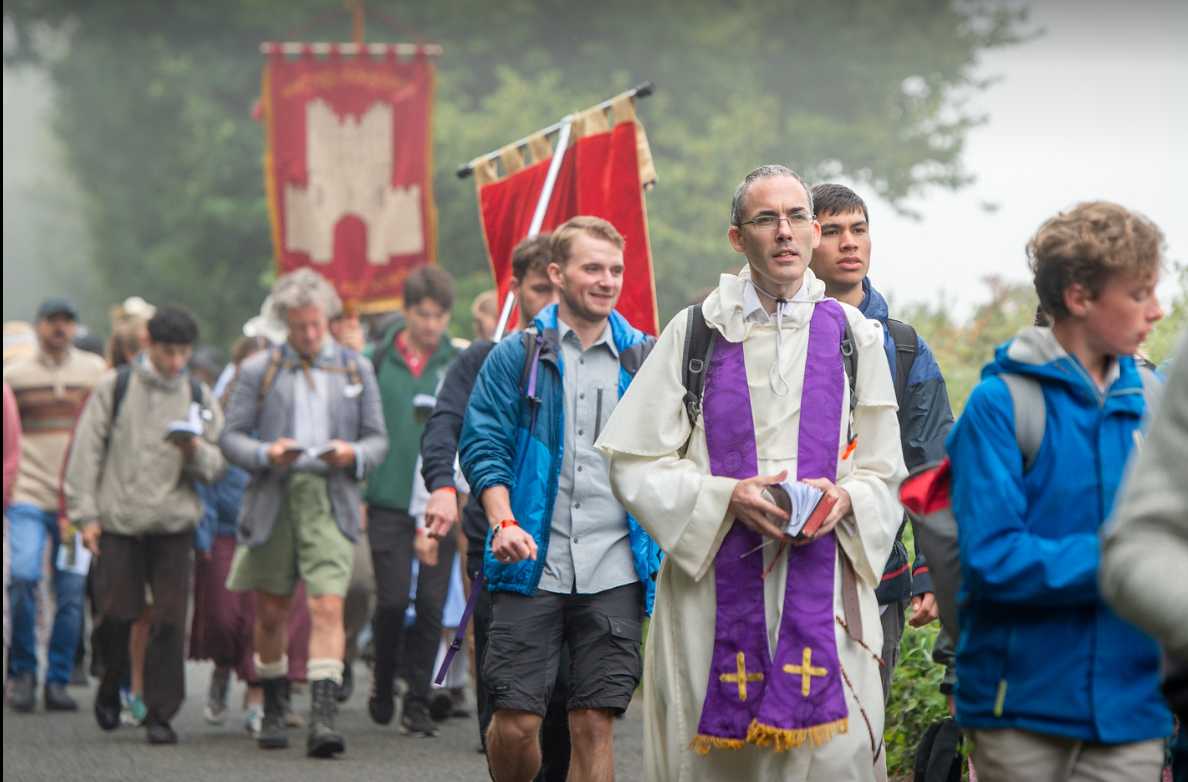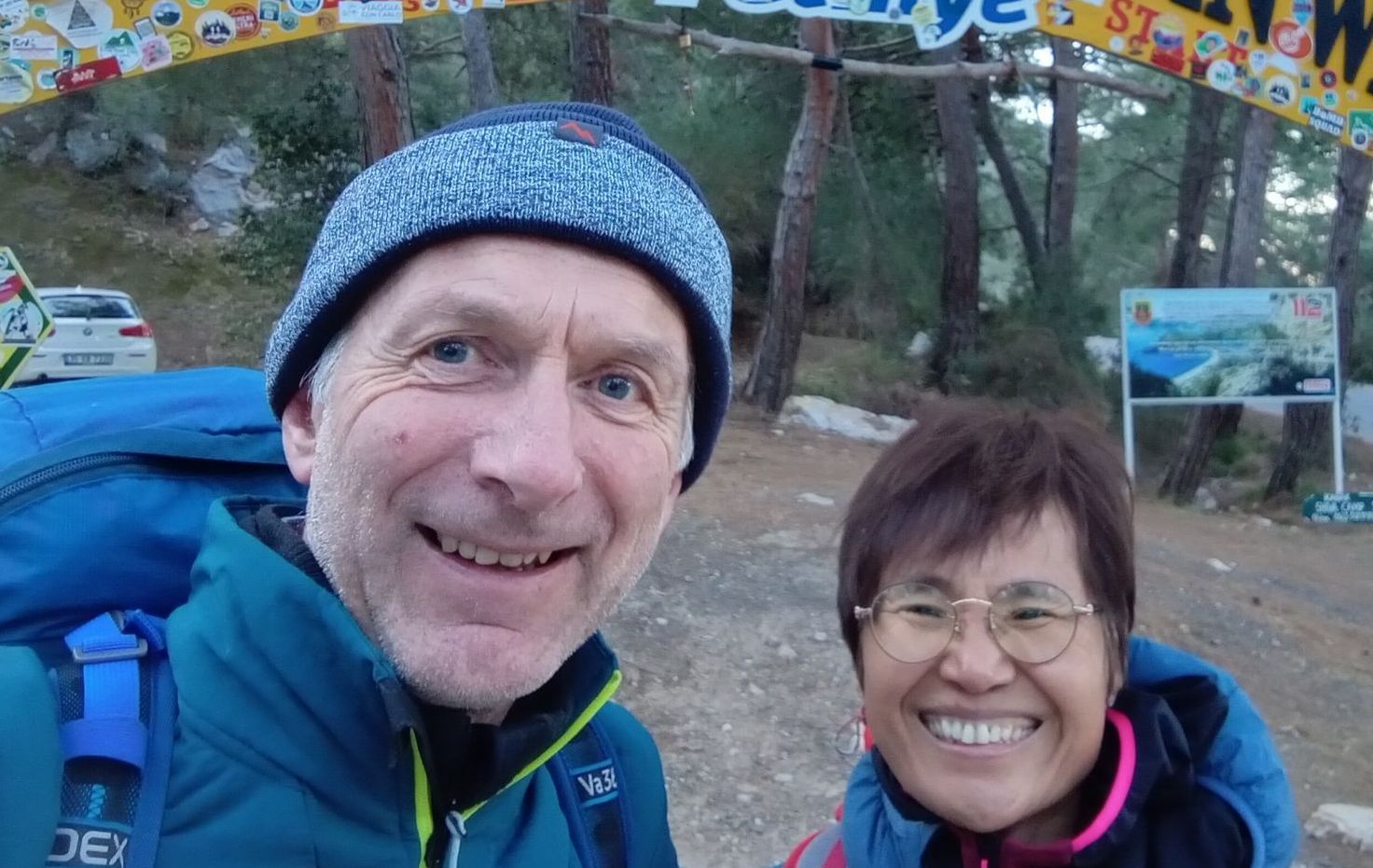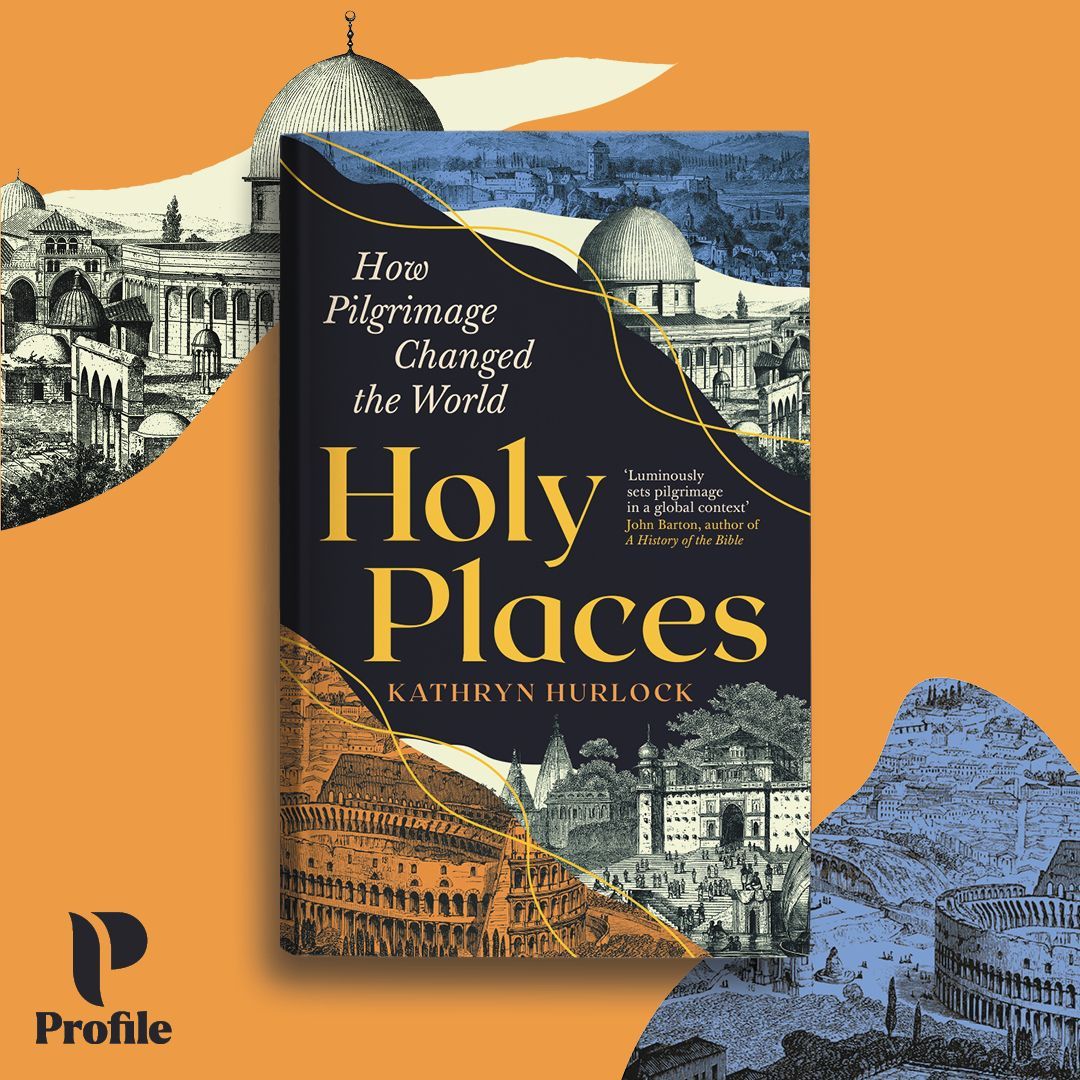What makes a Creative Pilgrimage?
What makes a Creative Pilgrimage? Alexandra le Rossignol and I found this question answered when we travelled with a group of artists on our first Kent pilgrimage route – The Augustine Camino. The experience was so profound that we found ourselves creating a pilgrimage route from Dover to Canterbury for an exhibition as part of Kent Pilgrims Festival 2022.
We had expected to follow the Via Francigena in reverse from Dover to Canterbury. Then Alex asked me if we could add in a detour via the church at Barfrestone and I suggested we dip down into the valley between Kingston and Bishopsbourne because there was a good tearoom there. The route began to change and adapt organically as I had it following the River Dour through Dover after we had taken in the ruins of St Martin le Grand, St Edmunds chapel and the Maison Dieu. This is only a snapshot of what the route through Dover has to offer.
As a group of artists drawn to pilgrimage, research has been key to the creation of our artworks and was a very important part in it’s development. At every turn little gems were dropping into our laps in the form of history, architecture, landscape, nature or stories of medieval pilgrimage. Walking with fellow artists has benefited each of us as we have had the opportunity to see the route through each others’ eyes.
Having some of us with limited physical abilities it was important to break the route down into shorter sections. For us The Way of Saint Martin is a slow pilgrimage. It is about the journey, stopping, looking, exploring and experiencing the route and all that it has to offer. The variety of architecture in each church along the route is a reflection of it’s community over time. Our experience encompassed: sitting watching the trout in the River Dour or watching the swans glide effortless along; stooping to look at wildflowers on Barham Downs or looking out across the valley as we headed into Kingston; taking in the fresh air of the valley between Kingston and Bishopsbourne and looking up at a bird of prey; marvelling at the ancient yew trees in churchyards along the route and reflecting on all that has passed in their lifetime; sharing of knowledge and experiences.
The starting point for the pilgrimage is on the beach at Dover where medieval pilgrims would land and search for a hag stone to bring to St Edmund’s chapel as an offering and from there they would make their way to the Shrine of St Thomas Becket at Canterbury Cathedral. The route would not have been a defined one and many also visited Barfrestone church and other shrines along the route. A relic of St Thomas is now housed in St Thomas’s RC church in Canterbury just before the pilgrimage ends at the Cathedral.
The natural landscape along the route encompasses the wildflower meadows where the pilgrim can rest and seek out rare orchids or look to the skies for the skylark or the newly released chough – a bird with a strong connection to St Thomas Becket. Churches along the route provide sanctuary from the rain as well as a chance to discover medieval wall paintings, mass dials, carvings or fascinating gravestones. The River Dour and the Nailbourne provide a contrast in that the first is one of 200 chalk streams in the world and the second is an intermittent stream that runs every few years.
The area has rich links with historical and creative figures: Saint Augustine, Bishop Odo of Bayeux, Saint Martin of Tours, King Ethelbert and Queen Bertha, Saint Thomas Becket, Joseph Conrad, Mary Tourtel, Jocelyn Brooke, Henry Moore, Charles Dickens, Shakespeare, Geoffrey Chaucer, Aphra Behn and Ian Fleming to name but a few.
In the guidebook the route has been split into 6 short walks with public transport links at either end of each section. There is information on the historical aspects of the route and the pilgrim is encouraged to seek out for architectural features, plants and wildlife. The website also includes a free GPX file of the route.
Liz Garnett
Links:
